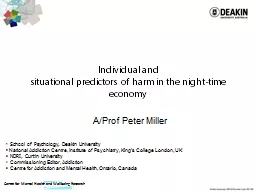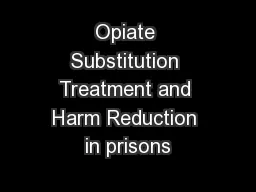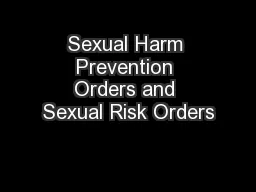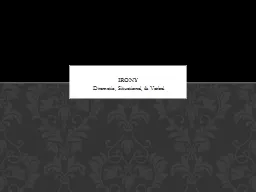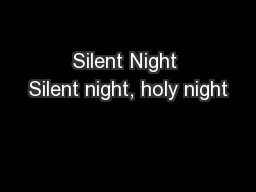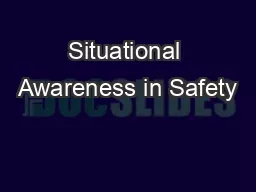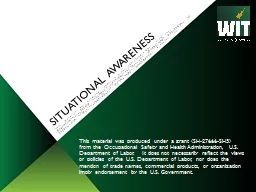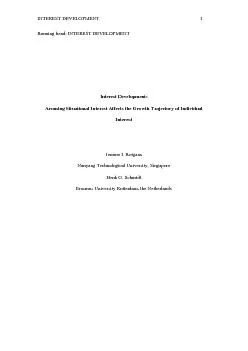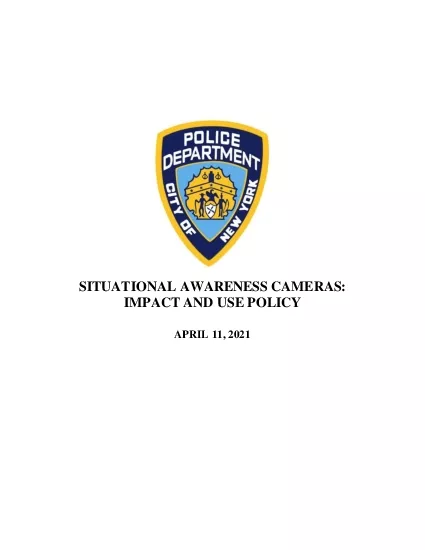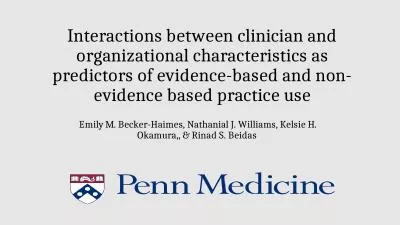PPT-Individual and situational predictors of harm in the night-time
Author : liane-varnes | Published Date : 2020-01-11
Individual and situational predictors of harm in the nighttime economy AProf Peter Miller 1 School of Psychology Deakin University 2 National Addiction Centre Institute
Presentation Embed Code
Download Presentation
Download Presentation The PPT/PDF document "Individual and situational predictors of..." is the property of its rightful owner. Permission is granted to download and print the materials on this website for personal, non-commercial use only, and to display it on your personal computer provided you do not modify the materials and that you retain all copyright notices contained in the materials. By downloading content from our website, you accept the terms of this agreement.
Individual and situational predictors of harm in the night-time: Transcript
Individual and situational predictors of harm in the nighttime economy AProf Peter Miller 1 School of Psychology Deakin University 2 National Addiction Centre Institute of Psychiatry Kings College London UK. Tammy Johnson. The Harm Principle. Mill posed the . ‘the vital question of the future’ . namely. ‘the nature and limits of the power which can be legitimately exercised by society over the individual’. NIGHT 5 NIGHT 6 NIGHT 7 NIGHT 8 NIGHT 2 NIGHT 3 NIGHT 4 Date: _________________________ Date: _________________________ Date: _________________________ Date: _________________________ Date: __________ Cameron M. Weber. Paper for GBRS Rome - June 16, 2016. DRAFT: Comments Welcome. “Econogenic Harm, Redress and. Economic Health” . Paper is exploratory work, builds upon recent work on “econogenic” (or economic policy-induced) harm, especially George DeMartino 2014 in the . : . the . Geneva . model. PD Dr Hans Wolff. University Hospitals Geneva. Hans.wolff@hcuge.ch. Plan. Prisons in Switzerland. Switzerland:. Examples of realizations at the prison medicine unit in Geneva. A Presentation from DI Cox. Sexual Harm Prevention Orders – SHPO – were introduced to replace Sexual Offences Prevention Orders – SOPO. . Sexual Risk Orders – SRO - these replaced the previous Risk of Serious Harm Orders – ROSHO. . Irony. The audience knows more about events than the characters, so the events hold a different meaning for the audience compared to the characters. Example:. . In . Romeo & Juliet. , the audience knows Juliet isn’t actually dead, but Romeo believes she is, which causes him to die.. Susie McLean, International HIV/AIDS Alliance. Catherine Cook, Harm Reduction International. Jamie Bridge, International Drug Policy Consortium. ‘. Given the severity of the challenge, HIV prevention programming for people who inject drugs is badly under-resourced’ UNAIDS 2013. !. All is calm, all is bright. .. Round yon Virgin, Mother and Child.. Holy . infant so tender and mild,. Sleep . in heavenly peace,. Sleep . in heavenly . peace.. Silent night, holy night. !. Shepherds . Neil M Smith CIH CSP CHMM. What is situational Awareness?. Situational Awareness (SA) is being aware of what is around you in terms of:. W. here you are. W. here you are supposed to be. And whether anyone or anything around you is a threat to health and safety.. Copyright © Cengage Learning. All rights reserved. 13 Nonlinear and Multiple Regression Copyright © Cengage Learning. All rights reserved. 13.4 Multiple Regression Analysis Multiple Regression Analysis Situational Awareness This material was produced under a grant (SH-27666-SH5) from the Occupational Safety and Health Administration, U.S. Department of Labor. It does not necessarily reflect the views or policies of the U.S. Department of Labor, nor does the mention of trade names, commercial products, or organization imply endorsement by the U.S. Government. 1 Running head: INTEREST DEVELOPMENT Interest Development: Arousing Situational Interest Affects the Growth Trajectory of Individual Interest Jerome I . Rotgans Nanyang Technological Universit IMPACT AND USE POLICYAPRIL 112021SITUATIONAL AWARENESS CAMERASIMPACT USE POLICYPOSTEDAPRIL 1120212SUMMARY OF CHANGES BETWEEN DRAFT FINAL POLICYUpdateDescription of UpdateRemoved statement that situati Emily M. Becker-Haimes, . Nathanial J. Williams, Kelsie . H. Okamura,, & Rinad S. Beidas . Overview. Brief(!) overview of the complex literature surrounding predictors of EBP use and need for current study.
Download Document
Here is the link to download the presentation.
"Individual and situational predictors of harm in the night-time"The content belongs to its owner. You may download and print it for personal use, without modification, and keep all copyright notices. By downloading, you agree to these terms.
Related Documents

